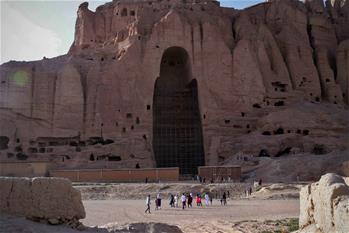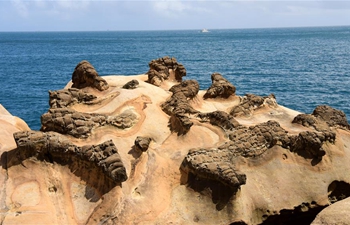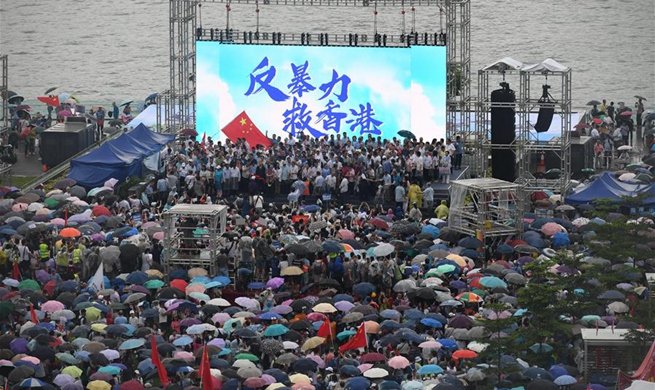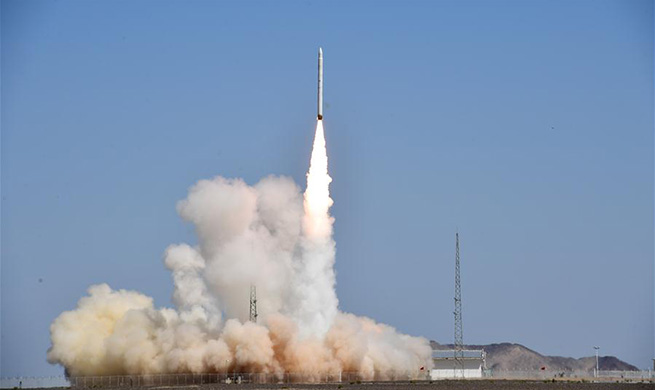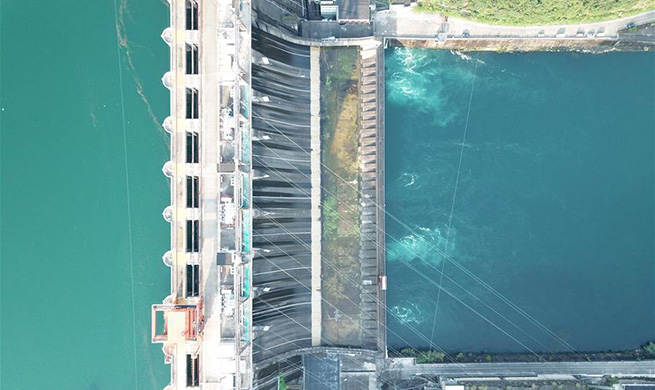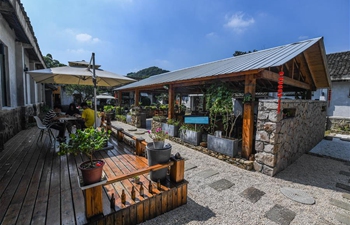LOS ANGELES, Aug. 15 (Xinhua) -- U.S. researchers have developed a better means of modeling the destructive force of tsunami waves, paving the way toward greater safety for coastal residents and infrastructure.
Researchers at Oregon State University (OSU) used a centrifuge that once tested Apollo astronauts' resistance to G-forces, attaching a container apparatus filled with soil and water for a scalable simulation of the effects of inundation, according to a university release on Wednesday.
The centrifuge technique replicates inundation physics over a parcel of soil 21 meters long, nearly 10 meters deep and more than 14 meters wide -- much larger than can be simulated in a traditional wave tank.
"This is the first time anything like this has been done," said Ben Mason of the OSU College of Engineering. "The challenge of figuring out the logistics and mechanical engineering to design the container is a pretty striking aspect of this research."
Findings were published in Nature Scientific Reports.
"We're trying to mimic the entire process of a tsunami coming onshore and then drawing back," Mason said. "In the centrifuge, we can use high-speed video to learn a lot about what's happening in the soil, such as scouring, and under the surface, how pore water pressure changes with time as the water moves across."
"All of these things are important for understanding what we can expect the soil around coastal infrastructure to do, and then how do we protect that infrastructure when the next tsunami occurs," Mason said.





